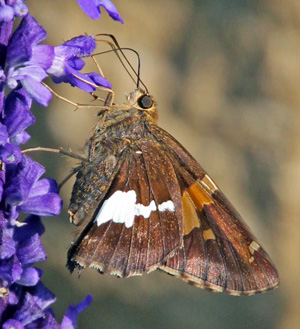
The silver spotted skipper, Epargyreus clarus, is one of the largest and most widespread skippers, occurring throughout most of North America. Skippers are a group of several families in the order Lepidoptera that have stout bodies and relatively small wings. They are day fliers like butterflies but are often dull-colored like most moths, with swift, bouncing and erratic flight. This species in the family Hesperiidae has one to two generations a year in the Midwest, with more in the southern part of the United States. In southern Wisconsin. the first brood occurs in June and early July and a second brood in late July and August. It is one of the more common skippers in the southern two-thirds of the state of Wisconsin, being found on roadsides, in open woods, along streams and forest edges, in fields and prairies, as well as in gardens. Although they can be abundant, they do not occur in groups and are often seen singly.
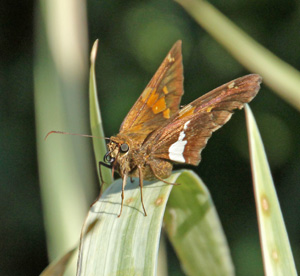
The adult silver spotted skipper is one of the most conspicuous skippers because it is relatively large for a skipper (with a wingspan of about 1¾ – 2½ inches), but it is not very colorful. The wings are a chocolate brown and the hind wing has a short, but noticeable rounded lobe or tail. There are transparent yellowish-gold spots in a row on the upper side of the sharply-pointed, triangular forewing and a slight white fringe along the wing edge. The distinct metallic silver to white irregular central spot on the underside of the hind wing that gives rise to the common name makes it easy to identify when at rest.
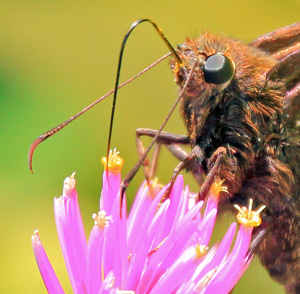
They have large eyes that appear to bulge out from the head and short antennae with clubbed ends. They have the jerky flight typical of many skippers and typically perch upside down under leaves when not out foraging.
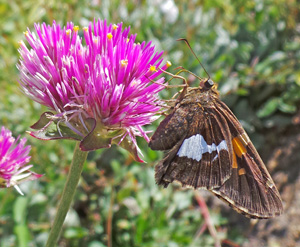
Adults nectar on a wide variety of flowers. They show a clear preference for blue, red, pink and purple flowers and rarely visit yellow flowers. They are commonly seen on blue mealy sage (Salvia farinacea), blazing star (Liatris spp.), anise hyssop, and thistles. Other reported favorites include perennial sweet pea (Lathyrus latifolius), common milkweed (Asclepias syriaca), and red clover (Trifolium pratense).

Females lay single, domed green eggs on or near host plants and the newly hatched larvae must find the foliage to eat.
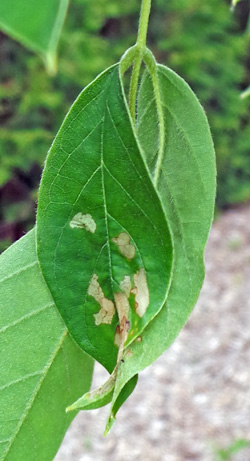
Like most skippers, silver-spotted skipper larvae live in leaf shelters. The young caterpillars live in a shelter created by a folded flap of leaf cut from the leaf margin and tied down with silk threads, while later instars tie together several leaves with silken threads to create a protective nest. They abandon smaller shelters as they grow and move to make new shelters. They leave these shelters at night or on cloudy days to feed on nearby foliage.

The larvae have a smooth-skinned, narrow yellowish to green body – with narrow darker green bands upon close inspection – with bright orange prolegs and an enlarged, dark reddish-brown head capsule and a pronounced neck collar.

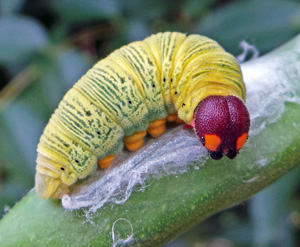
The older instars have two orange or red dots on the head that look like big eyes, presumably to startle potential predators. The caterpillars grow up to 2 inches long. Some predatory wasps will take the caterpillars from their shelters, even though the caterpillars will regurgitate a greenish, bitter-tasting, defensive chemical if disturbed.
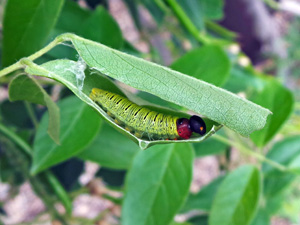
The caterpillars throw their frass a considerable distance from where they are feeding, presumably to eliminate chemical cues that might attract parasitoid wasps.
There are many larval hosts, including both herbaceous and woody species, in the pea family (Fabaceae). Some of the most common hosts include black locust (Robinia pseudacacia, an introduced species that forms large colonies),

honey locust (Gleditsia triacanthos), false indigobush (Amorpha fruticosa), lead plant (Amorpha canescens), partridge pea (Chamaecrista fasciculata) and Wisteria spp. It has been reported to feed on soybean and kidney bean, but is not considered a pest of any crops.
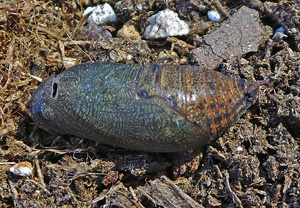
This species overwinters as a pupa in the dark brown chrysalis with black and white markings inside the last leaf nest, which falls from the host plant to become leaf litter. The adults emerge in spring – once their host plants start growing – to mate and lay eggs.
– Susan Mahr, University of Wisconsin – Madison
Ask Your Gardening Question
If you’re unable to find the information you need, please submit your gardening question here:





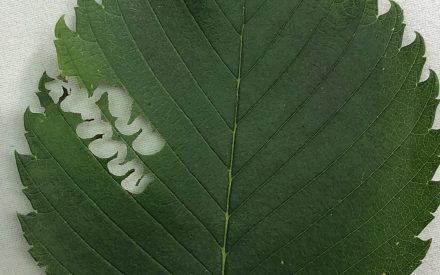 Elm Zigzag Sawfly
Elm Zigzag Sawfly ▶ Watch: How do Pesticides Affect Pollinators and Songbirds in Your Yard
▶ Watch: How do Pesticides Affect Pollinators and Songbirds in Your Yard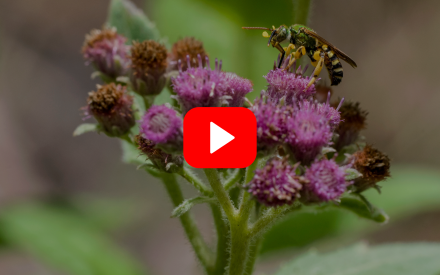 ▶ Watch: Pollinator Gardens: Plant Selection and Garden Care
▶ Watch: Pollinator Gardens: Plant Selection and Garden Care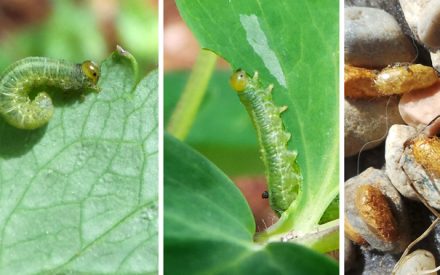 Strategies for Identifying and Managing Insect Pests
Strategies for Identifying and Managing Insect Pests


